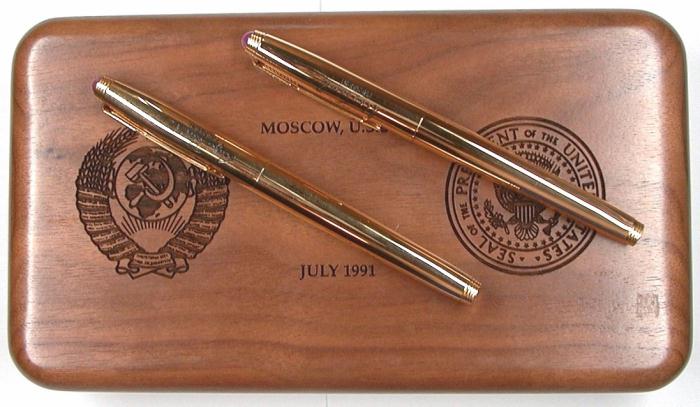START I treaty.jpg

Part 1 of 3 Parts
The expiration of the New START treaty in 2026 could lead to a new unrestrained nuclear arms race between the U.S. and Russia. China's expanding nuclear arsenal and its refusal to participate in arms control agreements pose a new challenge to global security. The breakdown of arms control treaties and escalating tensions between nuclear powers increase the risk of nuclear war.
U.S. President Joe Biden said in 2022 that “For the first time since the Cuban missile crisis, we have a direct threat to the use of nuclear weapons…. We have not faced the prospect of Armageddon since Kennedy and the Cuban missile crisis.”
The stark warning from the U.S. President came after Russia's Vladimir Putin said that his government would "use all the means at our disposal" if Russia's territorial integrity was threatened. Russia has suffered major setbacks in its full-scale invasion of Ukraine and been forced to draft hundreds of thousands of civilians to bolster the military.
It was not the first time that Putin had threatened the possibility of using nuclear weapons in connection with the war in Ukraine. In a September 21, 2022, speech announcing a partial military mobilization, Putin said, “This is not a bluff.”
Despite Putin's rhetoric, U.S. officials have indicated they have seen no material preparations for a nuclear strike by Russia. Some experts have pointed out that nuclear weapons “are not that useful to achieve military objectives.” While a Russian nuclear strike on Ukraine seems unlikely, the risk of a new nuclear arms race continues to increase.
Russia and the U.S. have withdrawn from several key arms control treaties over the past years. Only the New START treaty is still in force and due to expire in 2026. The treaty limits the numbers of nuclear warheads, launchers, and bombers the two signatories can deploy. Russia says its participation in the treaty is suspended, although it has promised to abide by the limits for now.
If New START expires without a replacement, the two major nuclear powers will have no restrictions on how many nuclear warheads and delivery vehicles they can deploy for the first time since the START I treaty entered force 30 years ago, in 1994.
The loss of nuclear arms control treaties began in the early 2000s, when the United States withdrew from the Anti-Ballistic Missile Treaty (ABM). Signed in 1972, this was one of the first treaties limiting deployed warheads, from the same year that aimed to avoid an arms race by maintaining parity between the Soviet Union and the U.S. The interim agreement that resulted from the first Strategic Arms Limitation Talks, or SALT I was signed around the same time.
The ABM Treaty was designed to eliminate one of the reasons that the United States or Soviet Union would require a large arsenal. If the U.S. and Russia only had a limited capability to shoot down incoming missiles, there would be less need to launch overwhelming numbers of warheads. When the U.S. withdrew, Russia immediately declared it would no longer abide by the limits agreed to in the START II treaty. Both powers had decided to adhere to the START II treaty even though the treaty had not formally entered into force.
Please read Part 2 next